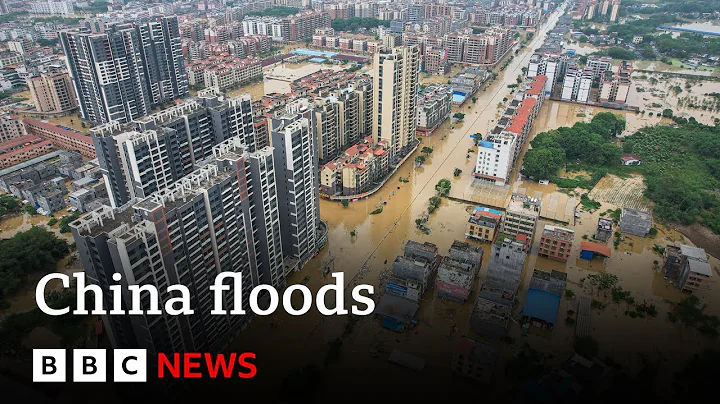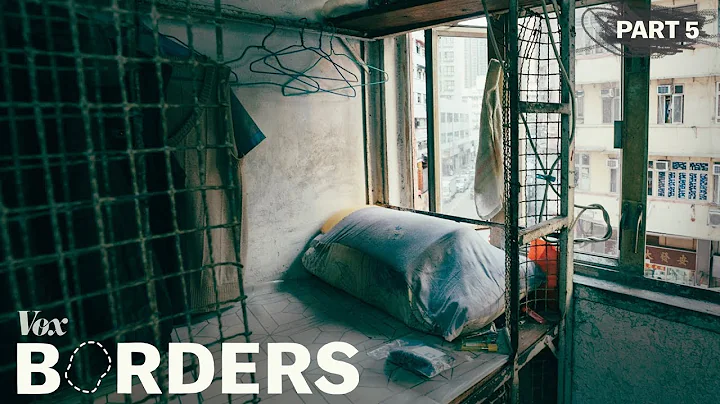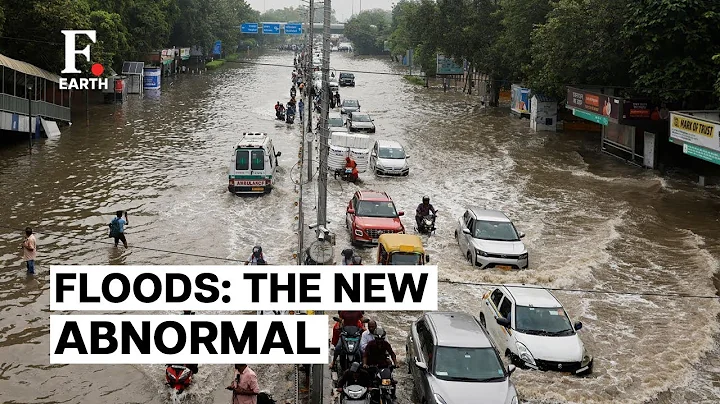

Zheng Xinian asked Wang Shouyong, the builder of the Dongshen Water Supply Project, to learn about the construction status of the project that year.

When Hong Kong’s water shortage was at its worst in the last century, water was only supplied for four hours in four days. Data picture

shows the working scene of Dongshen Engineering and Technical Designers.

Constructors of the Dongshen-Shenzhen Project cut mountains, cut roads, dug holes and built bridges.
Hong Kong is surrounded by the sea on three sides, but there is a severe shortage of fresh water and water shortages occur frequently.
From 1962 to 1963, Hong Kong suffered a severe drought that was rare in history. The water stored in the reservoir was only enough for 3.5 million people to drink for 43 days. At the end of 1963, Premier Zhou Enlai came to Guangzhou. When he learned about Hong Kong's water shortage, he quickly issued instructions to divert water from the Dongjiang River north of Dongguan and Huizhou to supply Hong Kong, and help Hong Kong compatriots to cross the water at all costs. Get through it.
A river of water from the Dongjiang River conveys a deep love between the two places. In just one year, tens of thousands of builders participated and built a grand water supply project with a total length of 83 kilometers, which greatly alleviated Hong Kong's water difficulties and supported Hong Kong's prosperity and stability. What kind of builders are behind such a project? What touching story is left behind? On the occasion of the 25th anniversary of Hong Kong's return to the motherland, Zheng Xinian, a young man from Hong Kong, started a "questioning the source" conversation that spanned the ages with Wang Shouyong, the builder of the Dongshen Water Supply Project.
Digging deep and finding no water. Hong Kong has experienced severe drought.
He was born in the millennium, so he was named "Jubilee". From birth to now, Hong Kong young man Cheng Xi-nien has never worried about "water shortage". As soon as you open the faucet, water pours out continuously. But Zheng Xinian often heard from his grandparents that when they were young, they experienced an unforgettable period of water shortage.
"When my grandfather was 18 years old, that is, in 1963, Hong Kong suffered a rare severe drought. The original three hours of water supply per day was severely reduced to only four hours of water supply every four days." At that time, Zheng Xinian Grandpa has to watch the radio to hear when the water will come. Because the floor of their home is high and the water pressure is not enough, the water stops flowing within an hour or two. They can only take buckets downstairs to collect water, carry it home and pour it into a water tank for storage. "My grandfather skipped so many lessons just to collect water," Zheng Xinian said.
Grandpa Zheng Xinian’s family was a microcosm of the thousands of ordinary families in Hong Kong’s “darkest moment” of water shortage. In Hong Kong at that time, it could be seen that the rice fields were barren, the land was dry, the ponds were dry, and the waterless reservoirs were covered with weeds. People who were short of water dug up the ground in the hope of digging out underground water, but all they dug out was yellow mud... Reduce personal water use. Many schools have canceled physical education classes in order to allow students to sweat less and take less baths. Residents also try to eat canned food or dough that uses less water. How did
go from not being able to guarantee water for basic livelihood to now having an endless supply of water? This is inseparable from a great project - Dongshen Water Supply Project . On March 1, 1965, the Dongshen Water Supply Project crossed the mountains and flowed to Hong Kong. The history of Hong Kong's severe water shortage was rewritten, and the water shortage slowly faded away. memory.
Challenging nature to make mountains bow and rivers run
"The conditions were limited at that time. We all lived in temporary work sheds. The work sheds were made of linoleum and were built with a few wooden piles and then put up wooden boards." Sitting side by side by the green Dongshan Lake , 87-year-old Wang Shouyong, the builder of the Dongshen Water Supply Project, told 22-year-old Zheng Xinian about a past event about the construction of the Dongshen Water Supply Project.
The time goes back to 1963. At that time, Wang Shouyong, who graduated from the Water Conservancy Department of Chengdu Institute of Technology (now Sichuan University), was only 27 or 27 years old. He was a technician at the Design Institute of the Guangdong Provincial Department of Water Conservancy and Electric Power, and worked on the Dongshen Water Supply Project. It is the second design project he has participated in since he started working on water conservancy design. As soon as he received the project, he and the designers from the design institute carried a backpack roll, a washbasin, a few clothes and a quilt, and went to the construction site in a hurry.
"In my impression, designers only need to draw the drawings in the design office. Why did the designers go to the site and live and eat with the construction workers?" Zheng Xinian asked his question. “At that time, the country advocated a ‘design revolution’ and went downstairs to discharge the hospital. In order to complete this project, the designers involved in the design institute went to the project site."Wang Shouyong recalled that tens of thousands of builders, whether they were cadres, technicians or workers, all lived in work sheds, slept on straw mats, and lived and ate on the construction site. The construction site was drawing drawings, designing and constructing. After the technicians drew a picture, they were ready. Send one to the construction site, and every job is linked to each other.
In Wang Shouyong’s memory, there were only four "Phoenix" brand bicycles on the construction site. " We rode along the country roads next to the railway, from one station to another, always passing through a large area of green farmland. "Looking at the crop fields being sown with new seeds and planting new seedlings, young Wang Shouyong felt happy. If the Dongshen Water Supply Project is built, it will not only benefit Hong Kong, but many towns along Dongguan and Shenzhen will also have the clear Dongjiang River. Drinking water, every time he thinks about this, he becomes more motivated.
Dongjiang is the natural river closest to Hong Kong and has the most abundant water, but it takes more than 80 kilometers from the water intake to Shenzhen Reservoir. There are six mountains to climb. “Water flows from high to low. How does the Dongshen Water Supply Project make the river flow? " Zheng Xinian asked. In this regard, Wang Shouyong replied that in order to realize the water supply project, the builders used 8-level pumping stations to raise the tributaries from 2 meters above sea level to 46 meters, and "reverse flow" into Shenzhen Yantian Reservoir. Then supply it to Hong Kong.
made the mountains bow and the rivers flow. In the era when modern working tools were not yet popular, people cut roads in the mountains, dug holes and built bridges, and carried people on their shoulders... Recalling those turbulent years, Wang Shouyong said with emotion. He said: “This is not only a spirit of challenging nature, but also a miracle that can only be created by Chinese people. "
A river of water from the East River rushes into Hong Kong to continue the blood and family ties between the mainland and Hong Kong.
Due to the difficulty of the project, British water conservancy experts analyzed that it will take at least three years to complete the project. But how can Hong Kong's water shortage be delayed for another three years? Wang Shouyong, who had not yet married at the time, He and his colleagues devoted themselves to the work, working hard day and night, often working from after breakfast until after ten o'clock at night. Finally, the "Dongshen Water Supply Project" was completed in just one year.
The sluice was opened, and in 1965, water from the Dongjiang River rushed into Hong Kong. With the sufficient supply and nourishment of the Dongjiang water, Hong Kong seized the opportunity and achieved economic development, becoming one of the "Four Little Dragons" in Asia. As Hong Kong's population continues to increase, To continuously supply water to Hong Kong, the Dongshen Water Supply Project was expanded three times in 1974, 1981, and 1990. In order to completely improve the water quality, the Dongshen Water Supply Project was comprehensively renovated from 2000 to 2003, transforming it into a more crystal-clear "life." "Source" was sent to Hong Kong and thousands of households.
In 2000, Zheng Xinian was born in Hong Kong. Drinking the water of the Dongjiang River, he has grown up healthily today. When he was 18 years old, he came to the mainland to study. Became a student at Jinan University in Guangzhou. Asked why he chose to study in the mainland, Zheng Xinian said that just like the young people who participated in the Dongshen Water Supply Construction without hesitation, he also responded at a similar age. The choice of the times.
After more than half a century of ups and downs, as of the end of 2021, the Dongshen Water Supply Project has provided a total of 27.5 billion cubic meters of water to Hong Kong, with a water volume exceeding 1,900 Hangzhou West Lakes, ensuring about 80% of the water needs of Hong Kong compatriots. How does the Hongjiang River flow for 83 kilometers and flow continuously for more than 50 years? The spiritual link that connects the fate of Hong Kong and the motherland is its real riverbed, and this endless flow of life. Water will also gurgling into the farther future.
Coordinator: Ke Xiaoming. Writing: Nandu reporter Liu Hongdou. Photography: Nandu reporter Lin Yaohua, intern Li Ze
.











![[Full Ver.] N. Korea's nighttime military parade: New ICBM, Kim Jong-un's daughter - DayDayNews](https://i.ytimg.com/vi/VbhJalwmGq4/hq720.jpg?sqp=-oaymwEcCNAFEJQDSFXyq4qpAw4IARUAAIhCGAFwAcABBg==&rs=AOn4CLBIE-3jJUUIZ6tjQ4ioLUnQBC52rQ)








